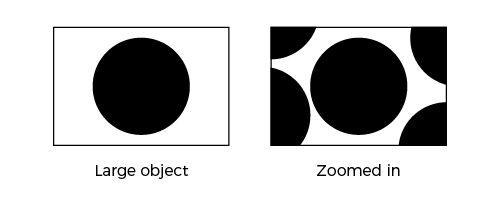Principles of design and animation, part 2: Size
- jon66374
- Jun 8, 2023
- 2 min read
Updated: Jul 20, 2023
Compared to colour and shape, size is one of the less abstract concepts of design when visualising real-world items, but it can still represent numerous qualities. Value, quantity, strength; whatever a large object is showing, it’s always more than the small object.

Just as different shapes can represent different personalities, so can different sizes. Larger objects tend to be more dominant, strong, and represent evil characters. Smaller objects, on the other hand, are weak and timid.

We make these connections on a daily basis when reading a text. You’ll likely read “learn the principles of design and animation” in a normal speaking voice. However, “LEARN THE PRINCIPLES OF DESIGN AND ANIMATION” most likely shouts at you. Capital letters are bigger and look stronger than lowercase, and provide a different voice to read them in just based on their appearance.

The Class Sketch explores size by representing social classes with the height of the three performers. “I look down on him”, says the upper-class John Cleese as he not only sneers but literally looks downwards at the middle-class Ronnie Barker.
The size of shapes can be described differently based on its environment. A large circle on its own may look large, but surrounded by circles of the same size, it may just look like a close-up shot.

Size can also communicate weight and mass. A foundation upon which other objects are balanced can be strong or weak depending on its size.

This abundance of meaning can sometimes lead to ambiguity; some concepts are better described through other means. For example, you may be comparing the speed of racecar engines. If one is larger than the other, is it because it’s more powerful? Or does it have a larger capacity? In this case, instead of using size, the engines could move across the video frame at different speeds.
So far, we’ve explored how the shape and size of an object can communicate meaning. Next, we’ll look at how the space in which it lives can do the same.
In case you missed them, here are the other principles of animation and design:








Comments